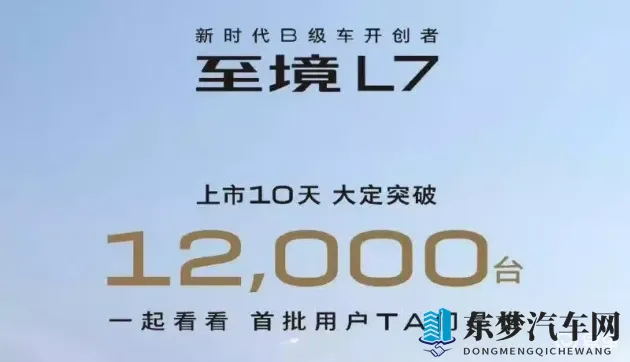As the automotive industry continues to evolve, it's fascinating to see how it intertwines with various aspects of society, including the concept of 'sex one traffic chaos.' This term, while seemingly out of place, actually holds significant implications for the future of transportation.
It's no secret that cars have long been associated with freedom and independence. However, the term 'sex one traffic chaos' suggests a different kind of freedom that goes beyond the traditional sense. It implies a more personal, emotional connection to the vehicle—a desire for something more than just a mode of transportation.
This connection is often driven by the allure of the car itself, with its sleek design, powerful engine, and the thrill of driving. It's this allure that can sometimes lead to 'traffic chaos,' as drivers become more focused on their own experience than on the safety and well-being of others on the road.

As technology advances, the automotive industry is taking steps to mitigate 'traffic chaos' while still catering to the 'sex one' aspect. Autonomous driving features, such as adaptive cruise control and lane-keeping assist, are becoming increasingly common, helping to reduce accidents and congestion.

Additionally, the rise of electric vehicles (EVs) is reshaping the automotive landscape. EVs offer a quieter, more efficient, and cleaner alternative to traditional combustion engines, which can help reduce the overall chaos on the roads.
As automakers continue to innovate, it's clear that the future of automotive design will focus on a harmonious balance between performance, safety, and sustainability. The 'sex one traffic chaos' concept will play a crucial role in this balance, as it reflects the emotional and psychological connection that drivers have with their vehicles.
Designers and engineers will need to consider this connection when developing new models, ensuring that they appeal to both the driver's desire for speed and power, as well as their need for safety and environmental responsibility.
By integrating the 'sex one traffic chaos' concept into the design and development process, the automotive industry can create vehicles that not only meet the needs of today's drivers but also pave the way for a safer, more sustainable future.